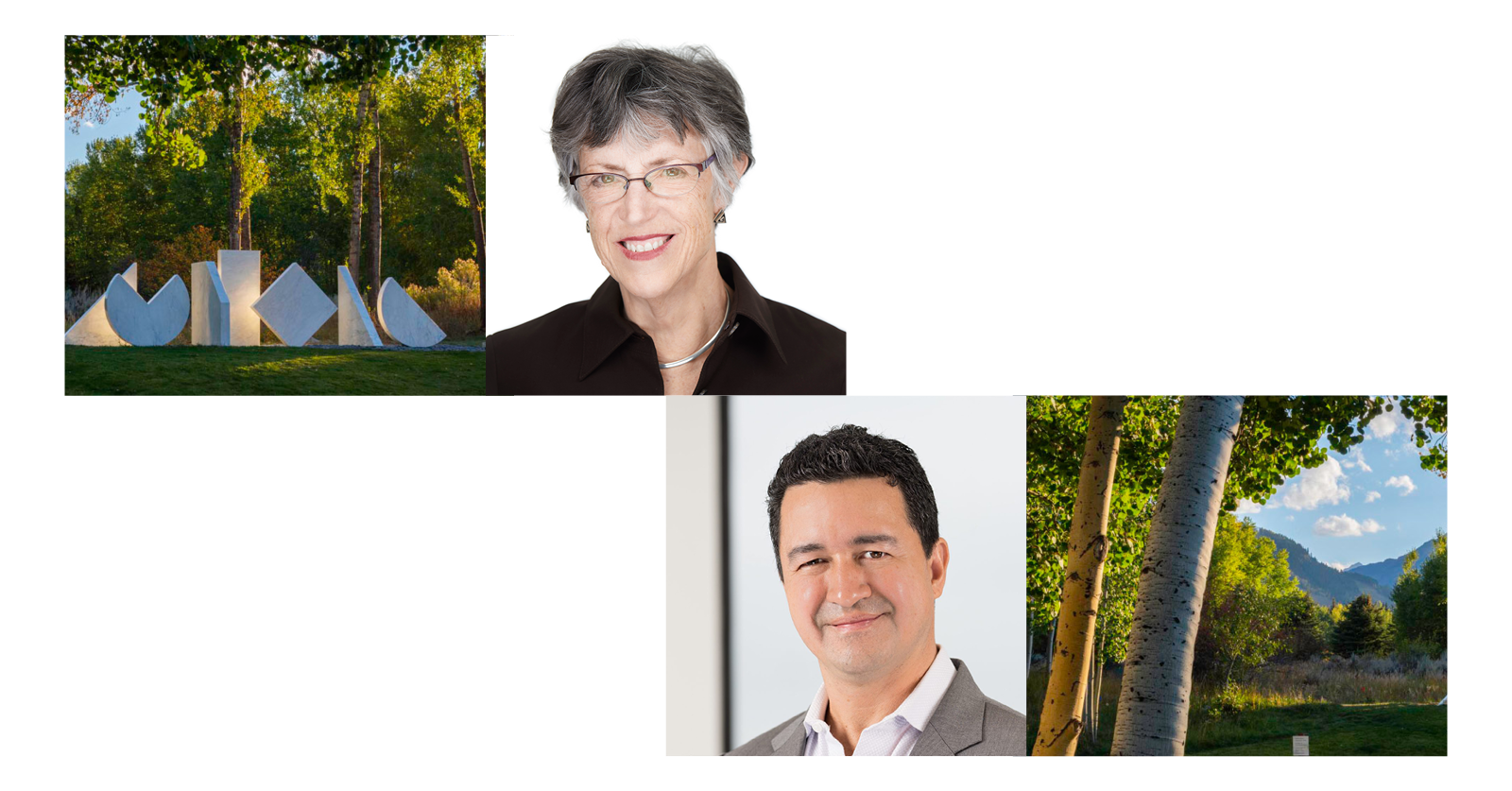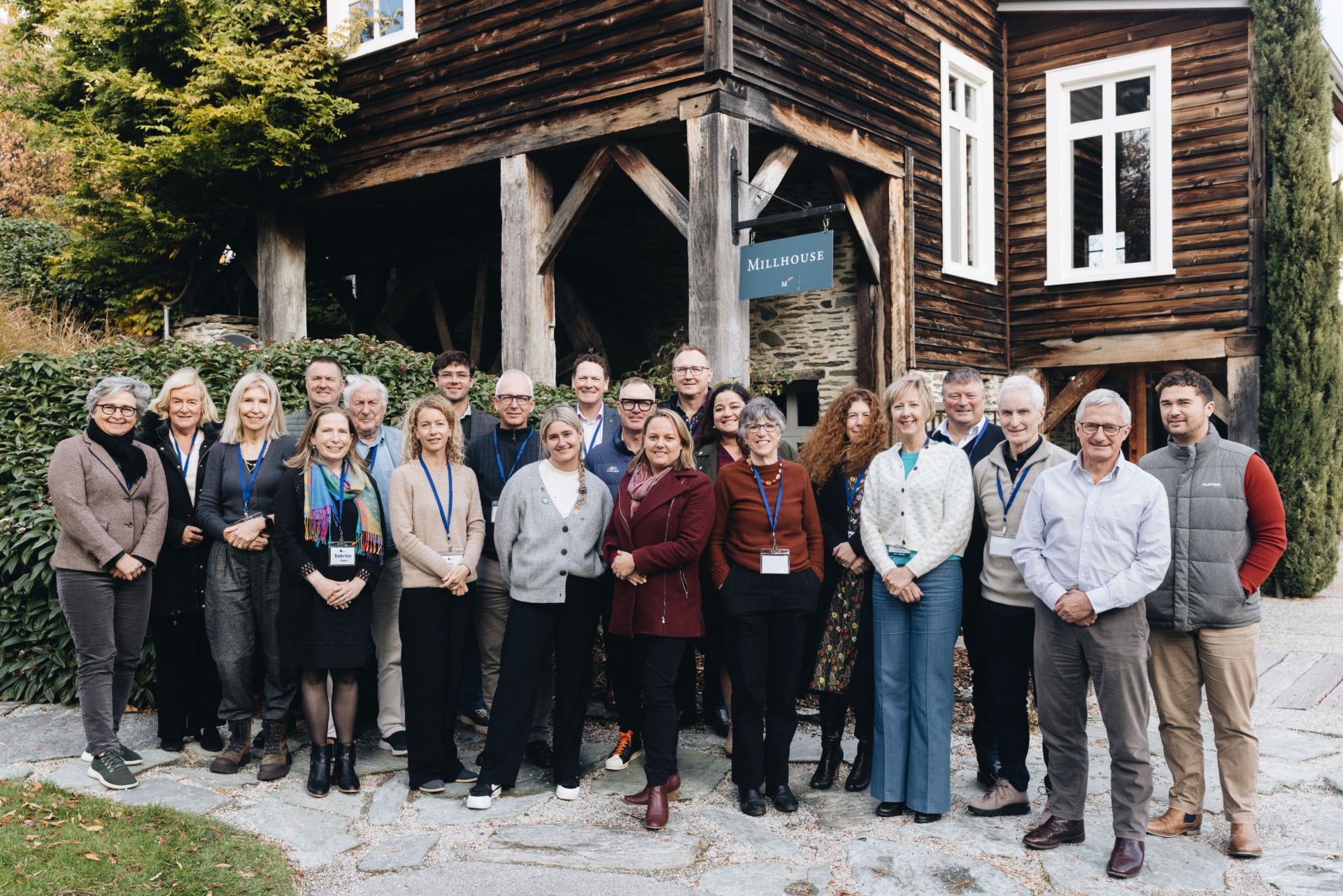This post is part of a series of interviews with thought leaders to explore issues on the frontier of the complex domain of ESG.
![]()
When it comes reducing emissions and mitigating climate change, the world’s corporations are at an inflection point. Seven years after the signing of the Paris Agreement, businesses have made strides in embracing ESG initiatives and incorporating them into their business strategies. Still, the World Economic Forum (WEF) estimates emissions will rise nearly 11% by 2030 from 2010—a far cry from the 43% decline needed to limit warming to 1.5°C. As crises such as war and inflation persist in the near-term, and are compounded with threats of recession and an energy crisis, long-term goals of stemming the effects of climate change remain .
This imperative requires a fundamental transformation—an aggressive shift—in the ways products and services are developed and marketed to consumers. While businesses play defense with pending regulations, they should be on the offense by differentiating themselves and their offerings, says John Pineda, partner and director of Boston Consulting Group and co-author of Winning in Green Markets, a white paper in collaboration with WEF. “The offense part is seizing the opportunity and saying, ‘We can help shape these markets. We can take share from other providers who might not be doing this. We can lead the way in defining and promoting sustainable categories,’” Pineda says.
Orchestrating this seismic shift at scale involves an intimate understanding of the needs of your customer, according to Pineda. It also requires a significant investment in money and energy where the playbook for profit and returns at scale is still emerging. Initially, it seems, creating a sustainable option requires a “green premium,” an additional cost compared with a traditional, greenhouse gas-emitting product. The question of “How are we going to pay for this?” is what prompted Pineda’s research. “Sustainability is a tremendous imperative and something we should be finding mechanisms for funding and self-funding beyond absorbing the incremental cost,” he says. “There’s a market opportunity for sustainability and it could be rewarding for companies that are first movers on that journey.”
The Aspen Institute Business and Society Program executive director Judy Samuelson recently spoke with Pineda about navigating this transformation of industries, the associated upfront costs, the birthing of entirely new business models—and the incredible opportunity and innovation these developments could portend.

Judy Samuelson: Can you elaborate on why you began researching green products and markets, and what you’ve uncovered so far?
John Pineda: I thought there was something around sustainability as a force for innovation, as a way to get closer to your customers and do a lot of the things that businesses strive to do well even when they’re not thinking about sustainability. I thought sustainability should become part of running a great business. And I wanted to learn more about these opportunities and how companies are responding.
What we’re finding is that a lot of companies are prioritizing climate and sustainability and see it as complementary to innovation. In our surveys, 56% of companies placed both C&S and innovation among their top three priorities.
At the same time, many companies are still wondering whether the market will pay. There are markets in which the sustainable offering is already better from an economic standpoint. Heating and air conditioning is one example where energy-efficiency savings from a more sustainable product are also a cost savings for the buyer. And if that product isn’t that much more expensive to make, it carries some pretty substantial benefits.
But in a lot of other places, there is more segmented demand and there is an incremental cost for the more sustainable alternative. There is a segment of consumers, including some B2B buyers, who are willing to pay a premium, but there are other segments which may care about sustainability, but sustainability alone won’t convince them to switch.
JS: So what’s necessary then? What do companies need to do?
Pineda: Companies need to do three things. One is to get a lot closer to their customers to understand what is it about sustainable needs that they can fulfill, and what is it about other value drivers for their customer base that they can fulfill if they innovate in the right ways. Then they need to decide whether they’re going to pursue the market in a more segmented way, first targeting that small or medium-sized group of customers who are willing to pay a premium. Or will they forego that [early] premium in order to capture a market that will be growing in the future. Finally, they need to innovate in how they help consumers change their behaviors to become more sustainable. For example, Finish detergent’s “Skip the Rinse” campaign tied water conservation benefits to family behaviors around dishwashing to help build water-saving behaviors that made sense to the average family.
JS: There are a lot of choices that businesses have to make. Are those choices consistent across all kinds of companies and industries?
Pineda: There are some common themes, but different companies play different roles. One common theme in the work I’ve done so far is that it’s important to get really close to your customer and—for many B2B players—your customer’s customer. Companies must understand who their buyers are, what they really care about, and how you can work with them to achieve their sustainability goals. Many companies are also working to build trust with customers, and many are looking at the entire ecosystem in which they operate and helping develop standards that will drive the market in years to come.
Achieving change at that level may require collaboration with direct competitors or with industry groups or governmental agencies on how to define a more sustainable offering in ways that are consistent, don’t confuse consumers, and deliver lasting value.
JS: Many studies indicate that consumers say they want to purchase things that are greener, but they don’t make that decision at the point of sale. What did your research say about that?
Pineda: There is a say/do gap. Often we see 70% of consumers across categories say they care about sustainability. Many of those consumers are actually changing their lives in different ways. But then when you get down to the share of consumers who say sustainability as defined for that product is in their top three criteria for a purchase, it’s often 10% or less.
The “only-green” segment is relatively small. Those consumers tend to be early adopters and are great thought partners on building a more sustainable value proposition. They’re the consumers that help you develop a different product. But they’re not the only customers to consider because there are other segments that are ready to make a move if you make a product that’s green and has other attributes that consumers care about. For example, an electric vehicle that reduces carbon footprint but is also stylish and fast will have a broader appeal.
JS: When you’re working with clients, where do you see them getting stuck?
Pineda: It depends on where they are in the journey. Sometimes people get stuck on, “Who is going to be my first group of customers?” These are folks who often are in high carbon-intensity industries where the cost premium for a green alternative can be quite high. They need to know if there’s a demand there because change requires a big capital investment.
JS: So, how are companies making those decisions to move forward?
Pineda: They’re deciding whether sustainability is a part of the portfolio, or if it embedded in everything they do. For example, if they’re making detergent and the ambition is to make it more sustainable, do they create a separate brand, or is it embedded in all the detergent they bring to market? It comes back to this green premium question. Sometimes you may find that a more sustainable offering may undermine the core of the historical business model. For example, if you make a product that lasts a lot longer and can be repaired, over time you will sell less of that product. And if your goals and objectives are on unit sales, it could be you’re innovating yourself out of a business at some level. In that case you have to look beyond your existing models and product portfolios—and even the boundaries of your own company.
JS: Innovating beyond your own corporate boundaries requires foresight. Do you think companies are getting better at that?
Pineda: I think the first movers are. It gives me a lot of hope when I hear from companies where their sustainability leaders have a strong voice, and their broader leadership is listening. They may not have resolved all the potential challenges, but they’re at least having those conversations. They are asking fateful questions like, “Could we enter a new business? Could we change our business model and get into the business of not just making and selling products but repairing products?” These are not easy decisions to make. It’s a big change for a lot of companies. They might not be set up that way, but it’s great when those conversations are happening because it means that people are thinking through possibilities, and rather than saying, “Well, that’s going to challenge our current business model, so we shouldn’t do it,” they’re thinking about what business could they get into.
JS: Are you beginning to see this kind of thinking by first movers across lots of industries that we don’t historically think of as being focused on green products?
Pineda: Yes. That’s been one of my biggest sources of hope. Everywhere I look companies have made commitments and they’re starting to think creatively about ways to get there.
As the global economy embarks on the largest industrial transformation since WWII, efforts to fully embed sustainability into the end-to-end business operations are in the early phases. At the same time, it’s never been clearer that the steps companies take now, in this “decisive decade,” will help determine the health of our planetary ecosystem for decades to come.
Closing the gap between where sustainability practices currently are and where they must be by 2030 hinges on whether conversations like the ones John Pineda is hearing become more frequent and widespread. To face the challenge of climate change, the world needs more companies with a vision of the business benefits of sustainability—one that moves them from impasse to innovation on green offerings.
![]()
This post is part of an interview series with thought leaders to explore frontier issues in the complex domain of ESG. These issues will be explored in Aspen at the Aspen ESG Summit from July 11-13, 2023. We welcome BCG as a supporter for this work and thank them for their contributions, including sponsorship of the Summit.
SUBSCRIBE TO OUR MONTHLY NEWSLETTER!
Want more insights like these on business and the health of society? Sign up to receive thought leadership and updates from the Business & Society Program each month!

